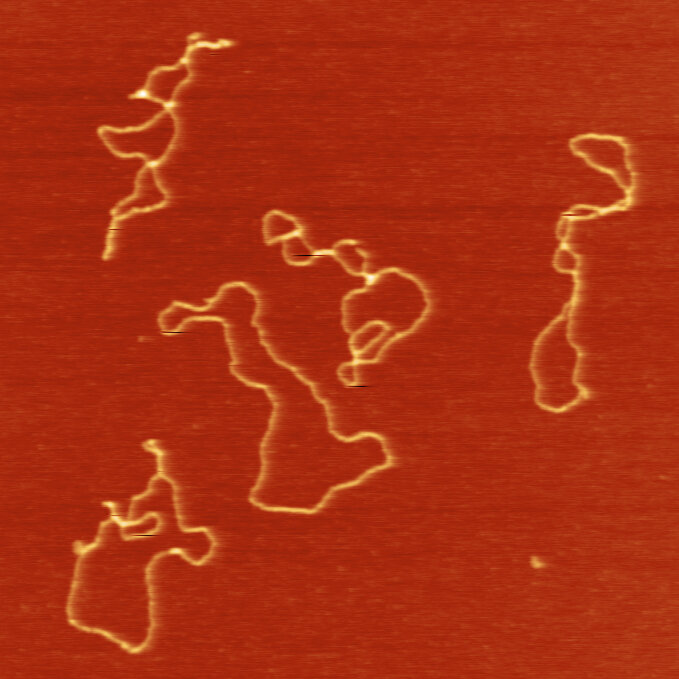Like its viral cousins, a somewhat parasitic DNA sequence called a retrotransposon has been found borrowing the cell’s own machinery to achieve its goals.
In a new work appearing online Wednesday in the journal Nature, a Duke University team has determined that retrotransposons hijack a little-known piece of the cell’s DNA repair function to close themselves into a ring-like shape and then create a matching double strand.
The finding upends 40 years of conventional wisdom saying these rings were just a useless by-product of bad gene copying. It may also offer new insights into cancer, viral infections and immune responses.
Retrotransposons are segments of DNA around 7,000 letters long that copy and paste themselves into different parts of the genomes of both plants and animals. By doing this, they play a role in rewriting DNA and regulating how the cell uses its genes. Retrotransposons are believed to be behind a lot of the variation and innovation in genes that drives evolution, and are inherited from both parents.
Many studies have suggested that these rings of DNA outside the chromosomes are somehow involved in the development and progression of cancer in part because they are known to harbor cancer-driving oncogenes within their DNA sequences. The retrovirus HIV, which causes AIDS, is also known to form circular DNA.
2023-07-13 06:00:04
Link from phys.org
